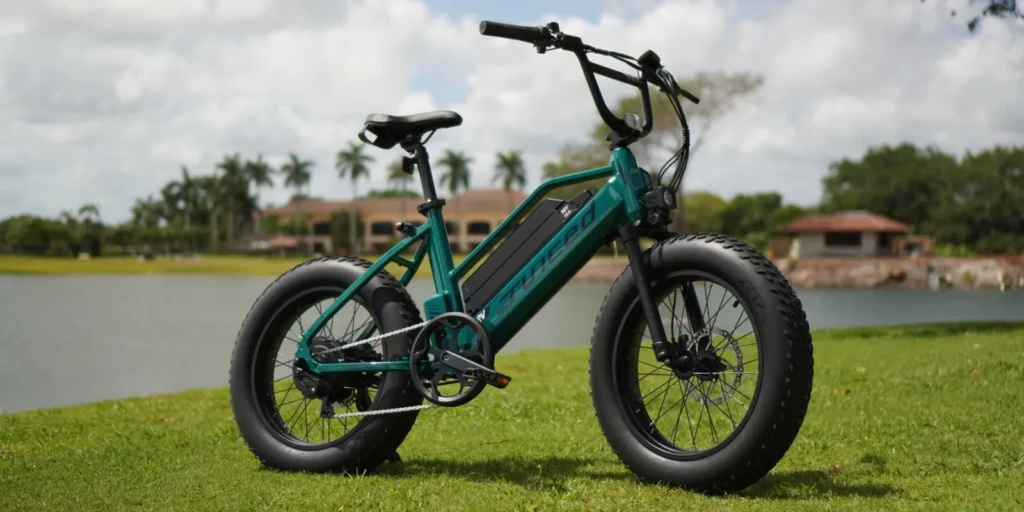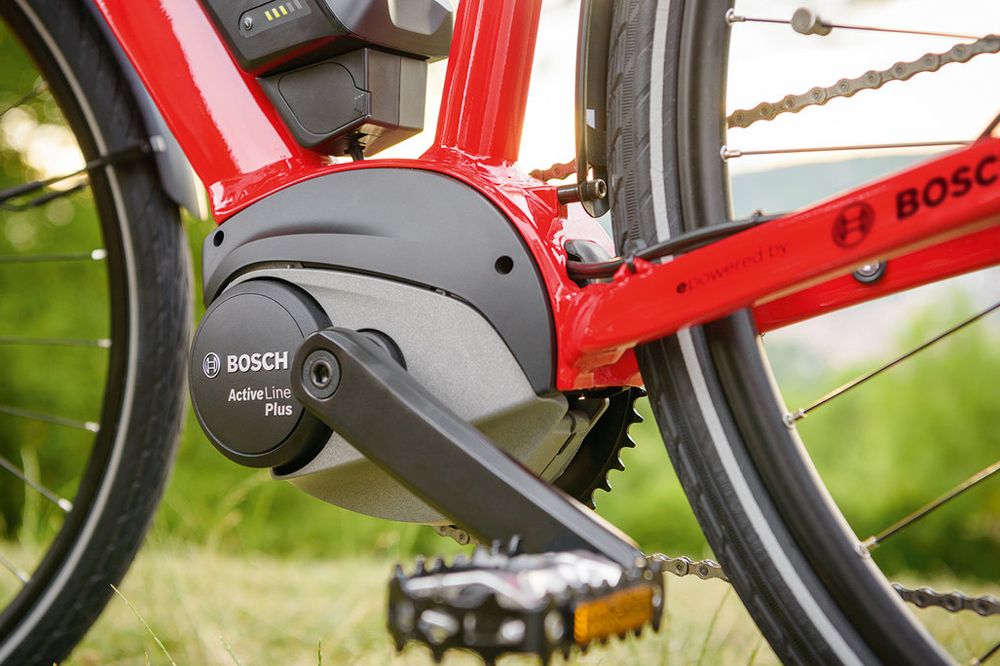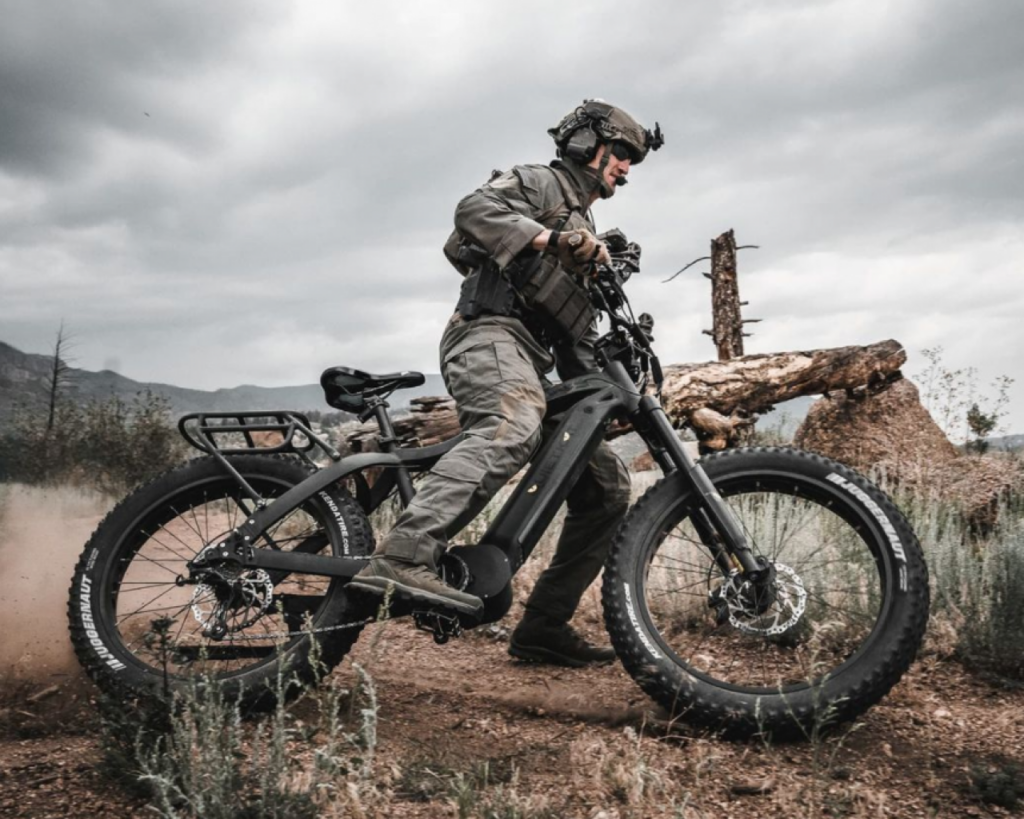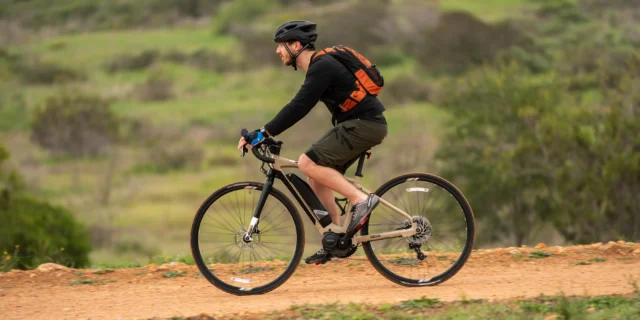Now more and more people are trying to lead an active and healthy lifestyle. That is why bicycles are becoming more and more popular every year. It makes it possible not only to significantly improve their physical condition, but also to see a lot of beautiful and fascinating places. Nowadays, the bicycle industry is growing at an astounding rate. In the manufacture of bicycles use the most advanced technology and materials. One of the most current innovations of bicycle manufacturers in recent years have become electric bicycles.
How do electric bicycles work in general?
In short, each e-bike has an electric motor that draws its energy from the battery and drives the wheel. Depending on the bike model, the battery is mounted on the rack, on the frame, or built into the frame. There are front-wheel-drive and rear-wheel-drive models, and they are powered by a motor-wheel with a built-in motor. Another option is the carriage drive, which engages both wheels and is located near the pedals.
All electric bikes also have a controller – it controls the electronics and transmits the current between the components. Another important part is the on-board computer. On its screen you can monitor the battery charge, the power consumption mode and the speed.
Features
By design, they do not differ much from the classic models. Their main feature is the presence of an electric motor, which drives the device in motion. The best electric bike (you also may read in the article https://roadbike.io/best-e-bikes/) can be divided into three categories – solid, three-wheeled and folding. The latter are considered ideal for moving around town.

If necessary, they can be transported in a folded form in the train, streetcar or bus. In turn, one-piece electric bikes have a monolithic design, as well as a huge number of models designed for specific cycling disciplines (downhill, mountain biking, riding on roads, sand, tourism, etc.).
The three-wheeled electric bicycles are mainly used for carrying heavy and bulky loads. Before choosing any electric bike model, you should clearly understand what advantages and disadvantages it has over classic models.
The indisputable advantages of this type of transport are ease of use, the ability to ride at any age and with any level of fitness, the lack of the need for special permits, high speed, economy in comparison with traditional modes of transport, the combination of two modes of transport – with an electric motor or pedal rotation.
Don’t pedal on electric bikes?
It depends. Throttle-mode electric bikes can ride without any human involvement – like mopeds, for example. The driver doesn’t pedal and just enjoys the road. Another option is models with assisted steering. They do not do everything for you, but only help to pedal: the motor is connected at startup, acceleration and in difficult areas, and you control its power. With these models, you have to pedal, but with much less effort than on mechanical bikes. So you can cover really long distances, climb steep hills, and not get tired, even without athletic training. Assist saves battery power and doesn’t take away from the pleasure and benefit of cycling.
The Electra bike brand has models with spin assist. One of them is called the Ace of Spades Go!, and it has a Bosch motor – the electronic assistant only switches it on when necessary. The frame of the Ace of Spades Go! is made of aluminum, so it’s a lightweight bike.
The motor

It can be in one of several available options: it is connected directly to the crank, located in the hub of the rear or front wheel. We recommend considering the BH E electric bike. Evol 27.5 Lite 24SP (Red) (BH EV607.R24-L) with a 350 Wh electric motor installed in the rear wheel. The model is presented on the website of the Unisport store and will be an excellent choice for sports and communication.
Weight
As you might guess, the weight of electric bikes is higher than that of traditional bikes. The presence of the motor and the battery, combined with the special reinforcement of the frame, gives 9 kg more to the total weight of the two-wheeled vehicle. Continuous modernization introduced in the production process tends to reduce it. Thanks to this, the e-bike today weighs just over 20 kg. This weight is not felt by the cyclist during use.
Direct drive
Direct drive gives the opportunity to develop a higher top speed, which can reach up to 50 km / h. At the same time it is necessary to put up with higher power consumption, as well as frequent charging of the battery. In addition, the weight and dimensions of gearless motors are somewhat larger. In terms of power, all electric bikes can be divided into three groups – low, medium and high power. The most economical models have this indicator at the level of 250-300 watts.
Batteries

There are several types of batteries – lead-acid (SLA), lithium-ion (Li-lon), lithium-phosphate (LiFePO4). The first type is the most popular and inexpensive. These batteries have a large weight, low cost, and are designed for 500-600 charge-discharge cycles. Lithium-ion batteries are more advanced.
They have a high cost, low weight, and a fairly high number of charge-discharge cycles (500-1000). Most electric bikes are equipped with this type of battery. The third type is the most technologically advanced, but is used quite rarely due to its high cost.
Currently, it is most often a lithium-ion battery with low weight and high efficiency. A standard battery allows you to travel on the highway from 30 to 150 km. To make them easier to remove and charge, they are usually mounted on the frame or on the rack. There are also e-bike models on the market that allow you to charge the battery directly without removing it.
Each e-bike battery must be replaced after a certain number of discharge and charge cycles. In practice, this is from 500 to 1000 times. It is not advisable to allow complete discharge. At present, mainly through the use of the above-mentioned lithium-ion batteries, the performance of the equipment has been greatly improved.
Other elements that make up the design of electric bicycles are also: a specialized panel (used to control electrical auxiliary equipment), an LED screen (indicating the parameters of the equipment), speed measurement sensors. Some models also have hand brakes that block the power supply when braking starts.
Bottom line

Buy a bicycle in specialized stores with a proven reputation. Be sure to inspect the transport. Make sure there are no dents, scratches or other defects on the product. Check the motor, brakes, derailleur, and gas pedal (“gas pedal handle”) for proper operation. Make sure that the electrical components of your bicycle are in good working order.



